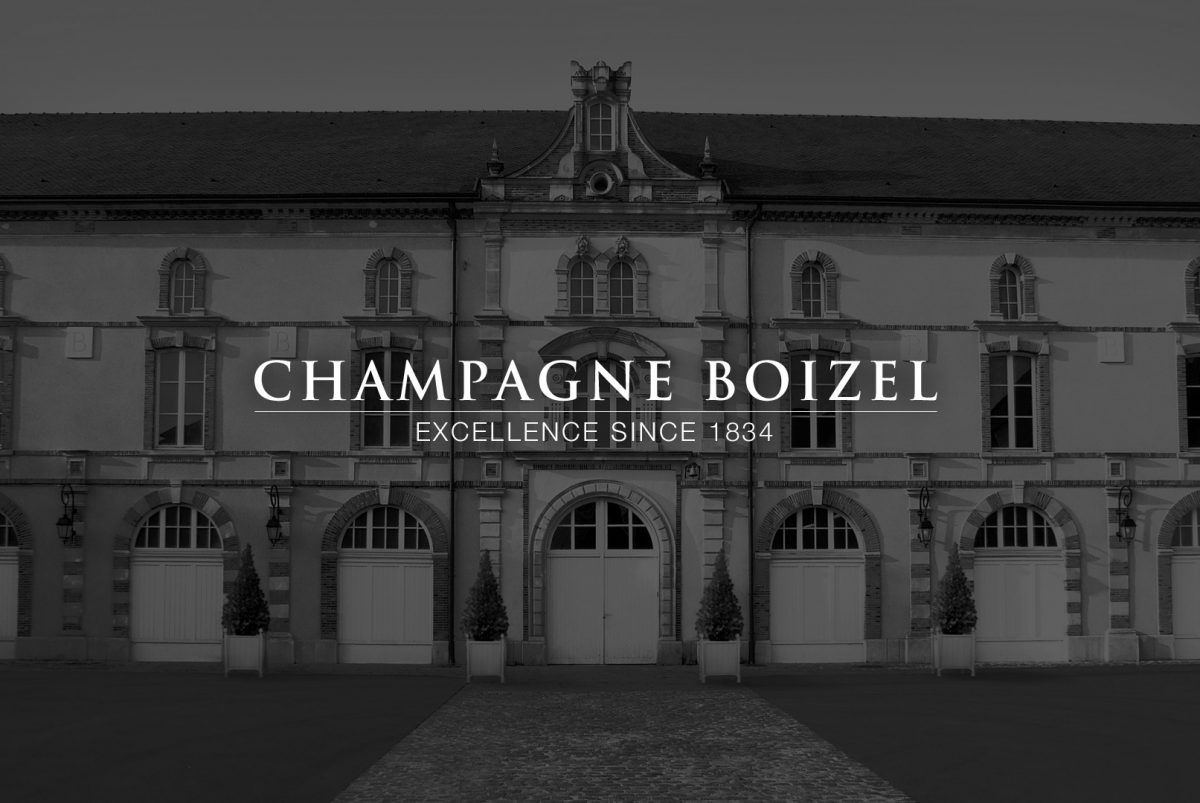Wine labeling remains a highly confusing affair.
The challenges range from the place-specific labels on most French, Italian and Spanish wines (such as Montrachet, Chianti and Rioja) that require a good deal of knowledge to understand what’s actually in the bottle, to the continuing use of “Champagne” as a generic word for sparkling wines.
The last time I checked, Duck Walk Vineyards had not joined Pol Roger, Moet or Bollinger as a genuine Champagne producer.
No, Duck Walk makes a sparkling wine in New York, on the east end of Long Island, and when I recently came across a sign on the road advertising the release of its first “Champagne,” it made me curious about the state of the sparkling wine war that has been going on for decades over the use of the Champagne name.
“The misuse of place names to sell wine is as old as the American wine industry,” Carol Robertson noted in an article on the subject in Business Law Today, a news magazine published by the American Bar Association.
“Borrowing the name of a well-regarded wine was a shorthand way for new winemakers to impart some of the cachet of a better-known beverage to a new American product.”
Korbel, she points out, has been using “Champagne” to describe its California sparkling wine since 1882
In 2006, after years of negotiation between the United States and the European Union, the U.S. Congress passed legislation prohibiting the future use of Champagne and 15 other so-called semi-generic place names such as Burgundy and Chianti, although it did not stop the practice by wineries that had been using them before the law, so the Korbels of the world were “grandfathered.” Then, just a few months ago, the Long Island wine region became one of the latest signatories to the Joint Declaration to Protect Wine Place & Origin, “a global movement aimed at ensuring wine place names are protected and not abused or miscommunicated to consumers,” as a press release by the coalition described it.
Champagne is also among the 15 wine regions on the list.
The declaration says that when place names “appear on wines that do not contain fruit from that region, they lose their integrity and their relevance, becoming merely words.”
What’s interesting about Duck Walk’s use of “Champagne” is that it is doing so only in its outdoor advertisements.
Its wine bottles are labeled “brut,” the common designation for dry sparkling wines, with no Champagne reference.
So I asked one of Duck Walk’s owners, Alexander Damianos, to explain his thinking.
“When you’re dealing with the typical consumer in the United States they kind of equate a fine bottle of sparkling wine with Champagne,” he said. “That’s the only reason I put the sign on the street that way.”
He maintained that most Americans don’t know there is an actual region called Champagne in France and said he thought there was nothing wrong with using “Champagne” on his signs, calling it “just a marketing thing to get people to come in and taste our first release.”
For clarity, and without mentioning the winery by name, I put the question to Art Resnick, director of public and media affairs at the Alcohol and Tobacco Tax and Trade Bureau of the U.S. Treasury Department.
I wanted to know if the 2006 law restricting the use of semi-generic names like Champagne applied to both labeling and advertising.
After some research, he told me that, indeed, it did, and that “everything that pertains to semi-generic labeling also pertains to advertising.”
By contrast, another Long Island winery, Pugliese Vineyards, uses Champagne in an outdoor sign as well and goes further. It advertises a line of “dazzling Champagnes” on its Web site and calls them Champagne on its bottles, all of it permissible because Pugliese’s use of the name goes back to the 1980s, predating the 2006 law.
I described all of this to Sonia Smith, director of the Champagne Bureau, the region’s lobbying group in Washington, which fights to preserve the integrity of the Champagne name in the United States and elsewhere.
“When people drink a wine they need to be able to trust what it is,” she told me, reciting one of the bureau’s key message points. “It’s about a sense of place. It’s about authenticity.
“To be honest, there are wonderful sparkling wines made in the United States, except that they’re just not Champagne. The winemakers of Long Island should be very confident of the sparkling wine they make and should be confident about advertising it as sparkling wine.”
With that in mind, I enjoyed two sparkling wines myself recently, one a blanc de blanc, an all-chardonnay offering from Schramsberg, the famed California producer, the other a Blanquette de Limoux from Antech Limoux, a producer in the Languedoc region of southern France.
Champagne? No. Superb sparkling wines? Most definitely.
Reuters Life


